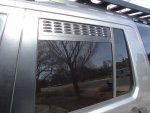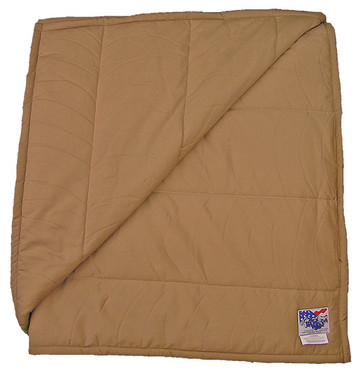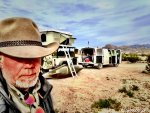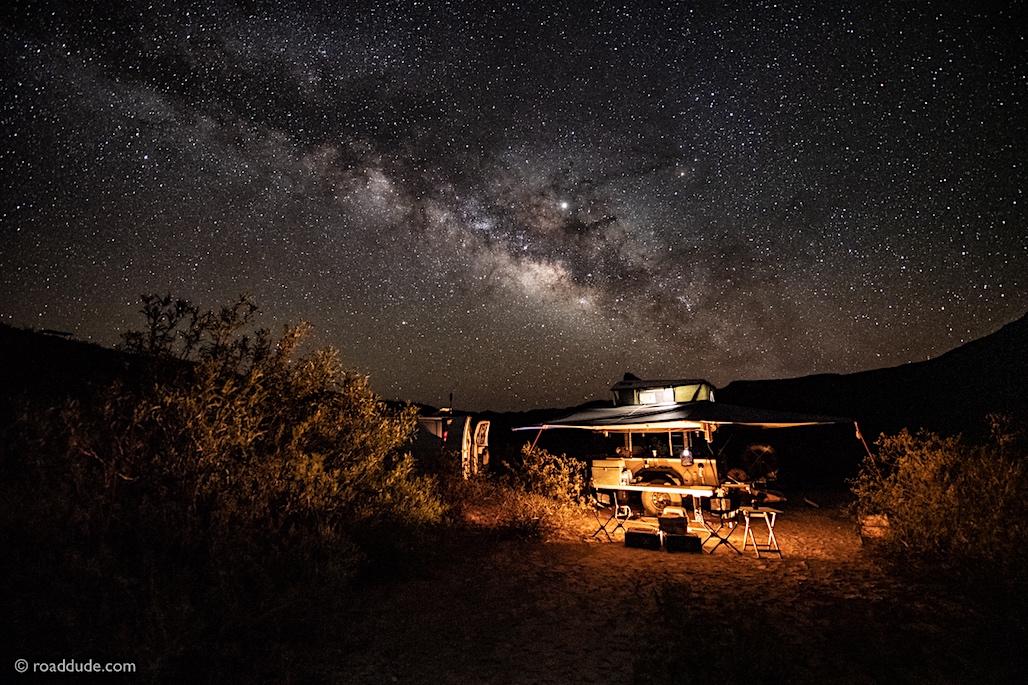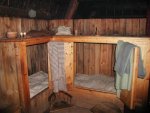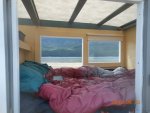I suggest you consider multiple thin(ner) layers to sleep in. It is much easier to stay comfortable by putting-on/taking-off thin layers when sleeping than having to make a decision of cover-too-hot versus no-cover-too-cold (just like layering for hiking/skiing/...). Multiple thin covers also allow one to easily adjust for possible different preferences of two people under the same covers by putting an extra layer (or two) over just one person.Ok, I am going to camp out of CDN 101 trailer. Tent set-up over it. No Roof Top Tent. I will have a queen size bed area. I don't want to use sleeping bags. I will put wool blankets over my sleeping pad for insulation on the bottom of bed. Also I am installing foam insulation board under my metal lid top of the trailer. Now I want to use a down comforter on top. On my next trip there will be temps in the low 30's at night. Where do I get a down comforter that is rated for those temperatures?
Even though you have a queen-sized bed-area, I suggest king-sized covers that allow everyone to stay underneath.
...........................
A few comforters for the top, a few for the bottom (or enough of the wool blankets you mentioned), and you will likely be able to stay warm in the temperatures you mentioned, and, possibly far colder temperatures.
I suggest you use low cost synthetic comforters (maybe Amazon Basics purchased at low points in the price changes) that are easily washed in most washing machines.
Amazon product ASIN B01DCKNLVO
If you really want down, you could get it, but, I think you would be better served by the easily washable, easily dry-able, easily replaced low-cost synthetic-comforters (and that you could rotate in use throughout your home).
..........................
I've camped in high heat and high humidity, I've camped many times in the Maine and New Hampshire winters, I've camped in almost 50 of the 50 US states, and I've camped in other parts of the world. I've likely camped in colder weather, but the coldest that I know I've slept under the stars is -18F. I just don't generally bother with bringing a thermometer.
People sweat and exhale moisture. The humidity in the air can vary with weather, location, and altitude. Sleeping in a tightly sealed tent is different than sleeping under the stars.
People often seal up tents to keep out rain and hold in heat, but, doing so also traps the air, and the beginning moisture in that air is then added to by sweating and exhaling.
I like leaving tents/truck caps/windows/etc open for the fresh air and to minimize the condensation. Depending on the temperature, I often find condensation (or frost and frozen condensation) in the morning.
A loosely woven "Afghan blanket" can be useful for covering one's face in very cold camping. Some heat is held in while allowing good airflow.
..............................
Insulating underneath is very important, especially if sleeping on the ground, and even though you will be sleeping off the ground in a tent placed on an insulated metal roof, I encourage you to constantly check the wool blankets and make sure to dry them as needed.
...........................
A 64 oz Nalgene Widemouth Bottle (or two) for each male, along with baby wipes, can save getting out of a tent in the night/rain/snow/cold/insects to urinate. There are products made to allow a female to be able to make use of such a bottle as well. Bring a bottle of Pinesol for cleaning the Nalgene bottles.
Amazon product ASIN B001OPHHCY

